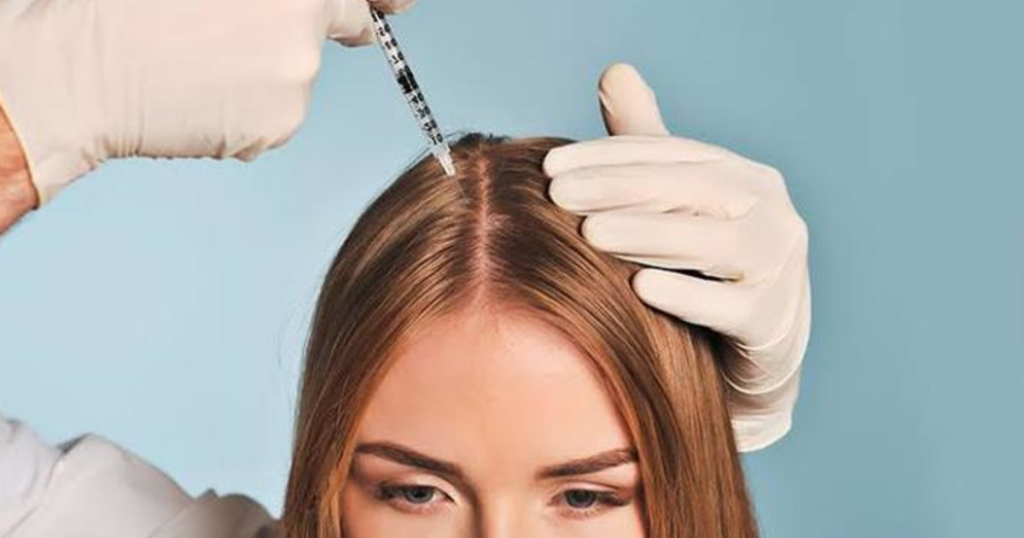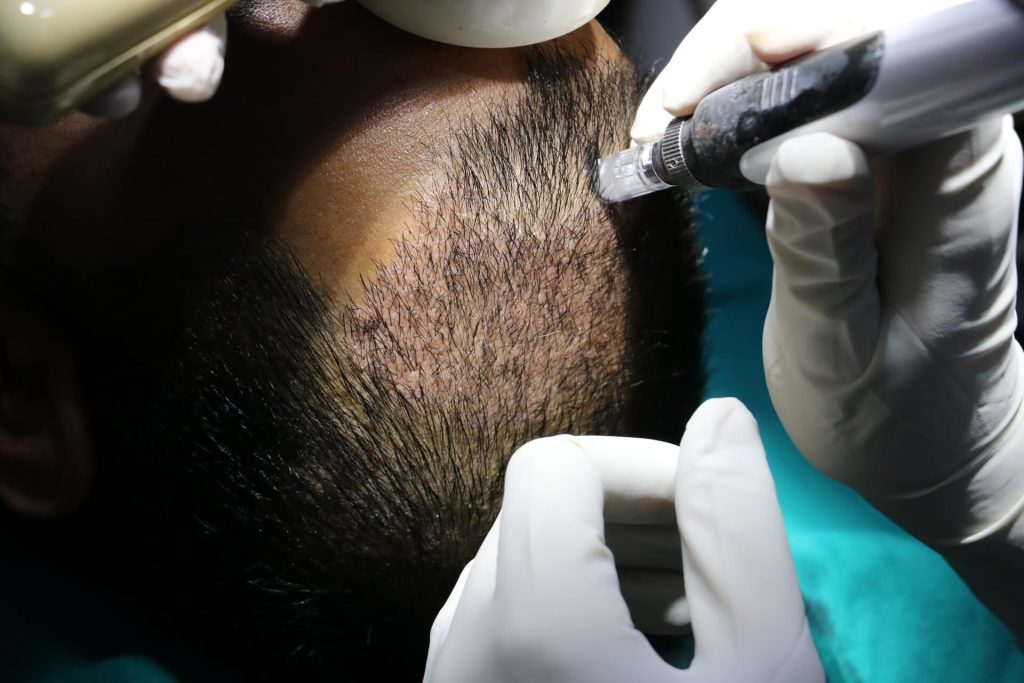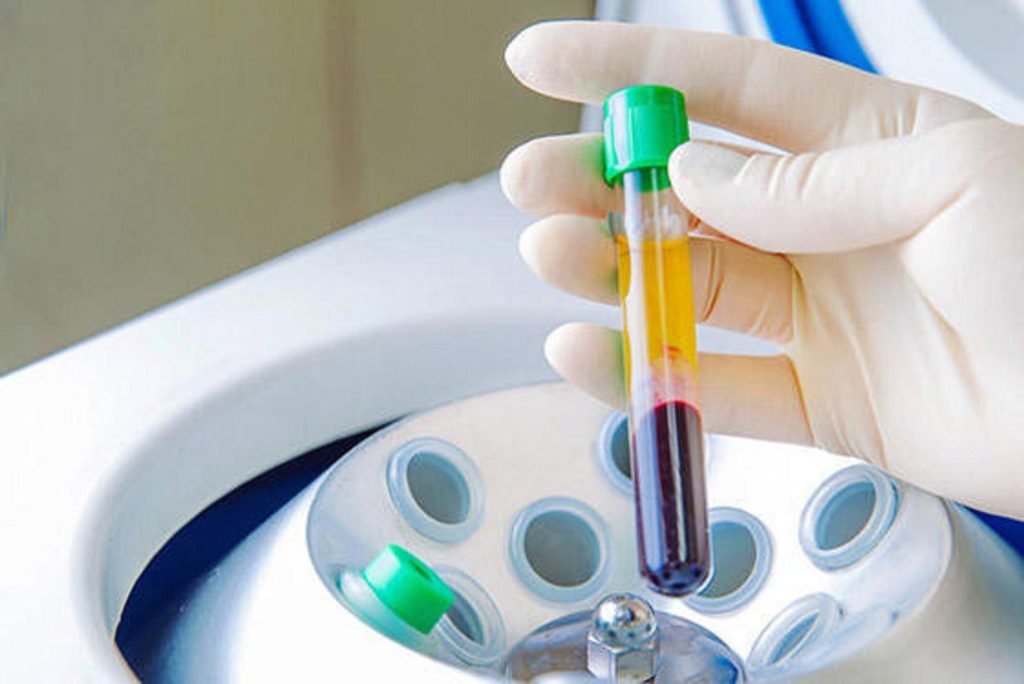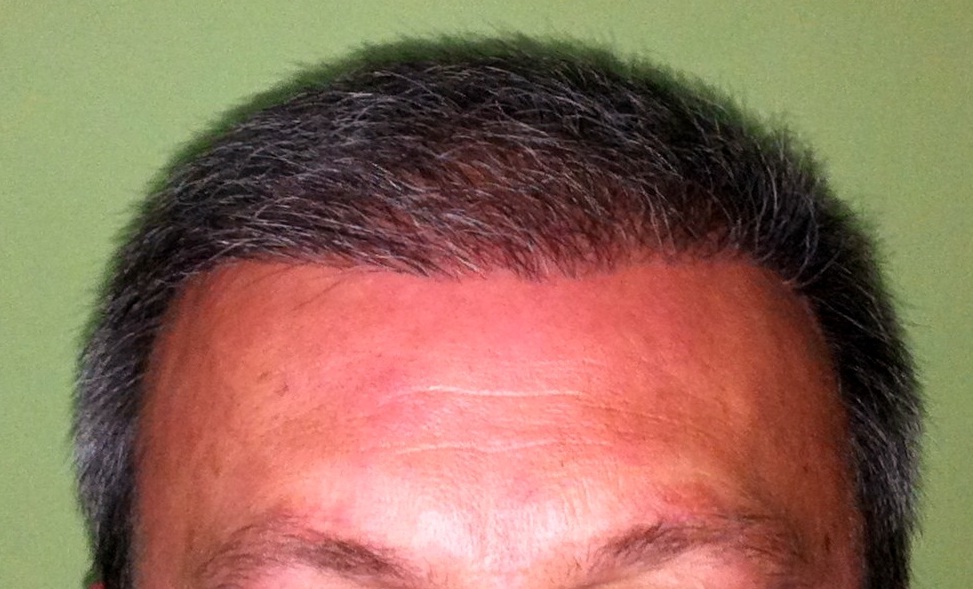After undergoing a hair transplant, many patients are eager to explore additional treatments that can further improve the health and appearance of their new hair. One popular option for post-transplant care is PRP treatment. PRP, or platelet-rich plasma, is a non-surgical procedure that involves drawing a patient’s blood, separating the platelets, and injecting the concentrated PRP into the scalp. This treatment has been shown to stimulate hair growth and improve the overall health of the hair follicles, making it an appealing option for those seeking to maximize the results of their hair transplant.
Benefits of PRP Treatment After a Hair Transplant

PRP (Platelet-Rich Plasma) treatment is becoming increasingly popular as a post-hair transplant therapy. It involves extracting the patient’s own blood, processing it to concentrate the platelets, and then injecting this enriched plasma into the scalp. This therapy has several benefits, especially when used after a hair transplant procedure.
Improved Hair Growth
One of the significant benefits of PRP treatment after a hair transplant is improved hair growth. The growth factors present in the platelets can stimulate the hair follicles, leading to the growth of new, thicker hair. This can result in a fuller and denser-looking hairline, effectively enhancing the overall aesthetic outcome of the hair transplant.
Faster Healing Process
PRP treatment can also contribute to a faster healing process following a hair transplant. The growth factors in the plasma can aid in tissue regeneration, reducing the recovery time and minimizing the risk of complications. This means that patients can return to their normal activities more quickly and with reduced discomfort.
Reduced Hair Loss
Another benefit of PRP treatment after a hair transplant is its potential to reduce hair shedding or loss. By nourishing and strengthening the existing hair follicles, PRP therapy can help to prevent further hair loss, promoting the longevity of the transplanted hair and the overall health of the scalp.
Enhanced Hair Quality
PRP treatment is also known to improve the quality of the existing hair. The enriched plasma can nourish the scalp and hair follicles, leading to stronger, shinier, and more resilient hair. This can contribute to a more natural and youthful appearance, complementing the results of the hair transplant.
Overall Satisfaction
Ultimately, the benefits of PRP treatment after a hair transplant contribute to overall patient satisfaction. With improved hair growth, faster healing, reduced hair loss, and enhanced hair quality, patients can experience a more successful and gratifying outcome from their hair transplant procedure. This can positively impact their confidence and self-esteem.
The Science Behind PRP Therapy for Hair Restoration

Platelet-Rich Plasma (PRP) therapy has gained popularity in recent years as a non-invasive treatment for hair loss and hair restoration. But what is the science behind this innovative approach to hair rejuvenation?
PRP therapy involves extracting a small amount of the patient’s own blood and processing it to separate the platelet-rich plasma from the rest of the blood. The concentrated plasma, which is rich in growth factors and other bioactive proteins, is then injected into the scalp to stimulate hair growth and improve hair density.
The science behind PRP therapy lies in the role of platelets in the body’s natural healing and regeneration processes. Platelets contain a myriad of growth factors, including platelet-derived growth factor (PDGF), transforming growth factor-beta (TGF-β), vascular endothelial growth factor (VEGF), and insulin-like growth factor (IGF). These growth factors play a crucial role in tissue repair, cell growth, and collagen production.
When injected into the scalp, the growth factors in PRP stimulate the activity of hair follicles, promote the formation of new blood vessels, and nourish the scalp’s microenvironment. This can lead to an increase in hair thickness, improved hair quality, and a reduction in hair loss.
The Process of PRP Hair Restoration Therapy
The PRP therapy process begins with a blood draw from the patient, typically from the arm. The blood is then processed using a centrifuge to separate the platelet-rich plasma from the rest of the blood components. Once the PRP is prepared, it is carefully injected into the target areas of the scalp using a fine needle.
After the treatment, the scalp may experience some redness or mild discomfort, but this typically resolves quickly. Patients can resume their normal activities immediately after the procedure, as there is minimal downtime associated with PRP therapy.
The Benefits of PRP Therapy for Hair Restoration
PRP therapy offers several benefits for individuals seeking to restore and rejuvenate their hair. These include:
| Stimulates Hair Growth | Improves Hair Density | Minimally Invasive |
|---|---|---|
| The growth factors in PRP encourage the activity of hair follicles, promoting new hair growth. | PRP therapy can lead to thicker, healthier hair with improved overall density. | PRP therapy is a non-surgical, minimally invasive treatment with little to no downtime. |
Overall, the scientific basis behind PRP therapy for hair restoration makes it a promising option for individuals looking to address hair loss and achieve fuller, healthier hair.
Choosing the Right Time for PRP Treatment Post-Hair Transplant

When it comes to undergoing a hair transplant, the post-operative care and treatment play a crucial role in ensuring the success of the procedure. One of the supplementary treatments that are often recommended post-hair transplant is Platelet-Rich Plasma (PRP) therapy. However, choosing the right time for PRP treatment is essential to maximize its effectiveness.
Timing
The timing of PRP treatment post-hair transplant is critical for achieving optimal results. It is generally recommended to wait at least 3-4 weeks after the hair transplant procedure before starting PRP therapy. This allows the scalp to heal and the newly transplanted hair follicles to take root. Initiate the PRP sessions too early can impede the healing process and disrupt the grafts, leading to subpar outcomes.
On the other hand, waiting too long to commence PRP treatment may also diminish its effectiveness. The ideal window for starting PRP therapy is around 1 month after the hair transplant, when the scalp has sufficiently recovered but the transplanted follicles are still in the early stages of growth.
Frequency
Once the right timing has been established, the frequency of PRP treatment sessions should also be taken into consideration. Regular PRP sessions, usually spaced 4-6 weeks apart, are recommended to stimulate hair growth, strengthen the hair follicles, and improve the overall health of the scalp. However, the frequency may vary depending on individual factors such as the extent of hair loss, response to the treatment, and the specific recommendation of the healthcare provider.
Overall, selecting the appropriate time to begin PRP treatment after a hair transplant, and adhering to a consistent schedule, is essential for optimizing the results and enhancing the overall success of the procedure.
PRP Injection Techniques for Optimal Results

Platelet-rich plasma (PRP) injection therapy has gained popularity in recent years for its potential to promote healing and tissue regeneration. To achieve optimal results, it is important to utilize appropriate techniques for the administration of PRP injections. Here are some key techniques to consider:
1. Proper Patient Assessment
Before performing PRP injections, it is crucial to conduct a thorough assessment of the patient’s medical history, current medications, and any underlying health conditions. This evaluation helps determine the suitability of PRP therapy for the patient and reduces the risk of adverse effects.
2. Preparation of PRP
Obtaining high-quality PRP is essential for achieving optimal results. This involves carefully collecting the patient’s blood, processing it to isolate the platelet-rich plasma, and concentrating the platelets to a therapeutic level. Following standardized protocols and using advanced centrifugation systems can enhance the quality of the PRP preparation.
3. Precise Injection Technique
The proper administration of PRP injections is critical for ensuring that the platelet-rich plasma is delivered to the targeted area with precision. Utilizing ultrasound or fluoroscopy guidance can aid in accurately identifying the injection site and optimizing the placement of PRP for maximal therapeutic effect.
4. Post-Injection Care
After PRP injections, it is important to provide patients with appropriate post-injection care instructions. This may include activity modification, avoiding certain medications, and scheduling follow-up appointments to monitor the response to PRP therapy.
5. Monitoring and Evaluation
Regular monitoring of the patient’s progress following PRP injections is essential for assessing the treatment’s effectiveness. This may involve clinical evaluations, imaging studies, or functional assessments to determine the impact of PRP therapy on the patient’s condition.
Summary
Implementing these key PRP injection techniques can contribute to achieving optimal results for patients seeking the benefits of regenerative therapy. By prioritizing proper patient assessment, high-quality PRP preparation, precise injection technique, post-injection care, and ongoing monitoring, healthcare providers can maximize the therapeutic potential of PRP therapy.
Combining PRP Therapy with Hair Transplantation: What to Expect
When it comes to addressing hair loss, many individuals are turning to a combination of PRP therapy and hair transplantation. This innovative approach offers a promising solution for those looking to restore their hair and regain confidence. But what exactly can one expect when combining PRP therapy with hair transplantation?
First and foremost, it’s important to understand the role of PRP therapy in this process. PRP, or platelet-rich plasma, is a substance that is derived from the patient’s own blood and contains a high concentration of growth factors. When used in conjunction with hair transplantation, PRP therapy can promote healing and stimulate hair follicles, leading to improved results.
Combining PRP therapy with hair transplantation often results in quicker recovery times and enhanced hair growth. The growth factors present in PRP can expedite the healing process, allowing for a faster return to normal activities. Additionally, these growth factors can aid in the growth of new hair, potentially leading to thicker, fuller results.
What to Expect During the Procedure
During the procedure, PRP therapy is typically administered in conjunction with the hair transplantation process. After the hair follicles have been transplanted, the PRP solution is applied to the scalp to further support healing and promote hair growth. This step is seamlessly integrated into the overall procedure and does not significantly prolong the duration of the treatment.
Patients can expect minimal discomfort during the combined PRP therapy and hair transplantation procedure. The use of local anesthesia ensures that any discomfort is effectively managed, and many individuals find the experience to be quite tolerable.
In the weeks and months following the combined procedure, patients can anticipate the gradual growth of new hair and the overall improvement in the thickness and quality of their hair. While individual results may vary, many individuals experience a significant enhancement in their hair’s appearance and overall satisfaction with the outcome.
Combining PRP therapy with hair transplantation offers a comprehensive approach to addressing hair loss and promoting hair growth. By harnessing the power of the body’s natural healing process and growth factors, this combination can provide long-lasting and natural-looking results for those seeking to restore their hair. With minimal discomfort and the potential for enhanced outcomes, it’s no wonder that this approach is gaining popularity among individuals seeking effective solutions for hair loss.
Frequently Asked Questions
What is PRP treatment?
PRP (platelet-rich plasma) treatment is a medical procedure that uses a patient’s own blood to promote healing and regeneration in various tissues.
How does PRP treatment work?
PRP treatment involves drawing a small amount of the patient’s blood, processing it to concentrate the platelets, and then injecting the PRP into the target area to stimulate the body’s natural healing processes.
What conditions can PRP treatment be used for?
PRP treatment is commonly used for musculoskeletal injuries, skin rejuvenation, hair restoration, and certain types of chronic pain.
Is PRP treatment safe?
PRP treatment is generally considered safe because it uses the patient’s own blood, reducing the risk of allergic reactions or infections. However, like any medical procedure, it carries some potential risks and side effects.
How many PRP treatment sessions are typically needed?
The number of PRP treatment sessions needed can vary depending on the specific condition being treated and the individual patient’s response. Your healthcare provider can discuss a personalized treatment plan with you.
